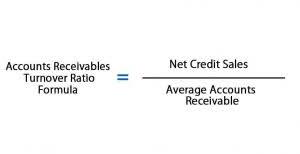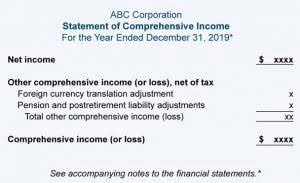
If the journal accounting entry amount doesn’t match your bank account statement and you close it out, then the software will adjust the opening balance equity account balance. Mastering the process of recording credit card payments in QuickBooks is not just a fundamental task but a vital step toward ensuring accurate financial management. You can avoid common accounting pitfalls and make well-informed financial decisions by categorizing your expenses correctly, reconciling accounts, and maintaining bookkeeping and payroll services clear records. The Opening Balance Equity account is not included in regular financial statements like the balance sheet. It is generated automatically when setting up or adjusting your accounts in QuickBooks.
Can I Consult an Accountant for Clearing the Opening Balance Equity Account?

When you import historical transactions, QuickBooks automatically sets an opening balance for your bank account. Any discrepancies between your initial asset and liability entries may lead to adjustments in the Opening Balance Equity (OBE) account. You’ll need to create a new account on your Chart of Accounts (COA) for those incorrect entries and use the OBE account as intended. Please note that this account is not meant for regular transactions and should be clear once the initial setup is complete to avoid inaccurate financial statements. Opening Balance Equity is an account that QuickBooks automatically creates when a company’s books are set up in the software for the first time. This account is used to capture all the outstanding balances as of the start date.
- For instance, you can add an account receivable, opening a balance equity account for an outstanding balance.
- Mastering the process of recording credit card payments in QuickBooks is not just a fundamental task but a vital step toward ensuring accurate financial management.
- The Opening Balance Equity account is not included in regular financial statements like the balance sheet.
- You can quickly fix some of them, while others require more effort investment, as you need to first investigate their nature.
- For example, if you input a $10,000 opening balance for a business bank account, you need to offset it by assigning the $10,000 to an equity account like Owner’s Equity.
- Clearing the OBE account ensures that all funds are correctly categorized under equity, liabilities, or retained earnings.
What is OBE in QuickBooks FAQs
Start exploring the possibilities what is opening balance equity today to elevate your QuickBooks experience. Opening Balance Equity is a key tool for setting up your business in QuickBooks. When you make a nonzero account inactive, QuickBooks will warn you that it will zero out its balance.

Get everything you need to run your business in one place.
- You can avoid common accounting pitfalls and make well-informed financial decisions by categorizing your expenses correctly, reconciling accounts, and maintaining clear records.
- If your recorded bank balance doesn’t align with other entries, QuickBooks uses OBE as a temporary placeholder to balance the difference.
- Not closing out this account makes your balance sheet look unprofessional and can also indicate an incorrect journal entry in your books.
- Just a disclaimer, I encourage collaborating with other accountants, especially on accounting for the adjustment entries before making significant changes to maintain accurate records.
- In QuickBooks, you might stumble upon the opening balance equity account, which can be confusing (especially if you’ve just started to work with the software) as you look at something you didn’t set up.
If left unresolved, it may lead to inaccurate financial records, resulting in an unprofessional-looking balance sheet. No, the Opening Balance Equity (OBE) account is not meant for everyday transactions. It’s a temporary account created during the initial setup of QuickBooks or any accounting system. Its purpose is to balance your books when entering opening balances for accounts like bank accounts and liabilities. Financial professionals often scrutinize the Opening Balance Equity account to ensure that retained earnings balance sheet the balances are being correctly resolved.


The cause can hide in errors in the previous accounting period due to transaction misclassification, omissions, or calculation errors. So, after you identify and correct them, you’ll need to allocate the funds from the OBE account to the appropriate accounts to reflect the corrections. You can do it in several ways based on the nature of the errors and the accounts affected. In this case, your assets usually represent your initial investment, the starting capital of the business.

